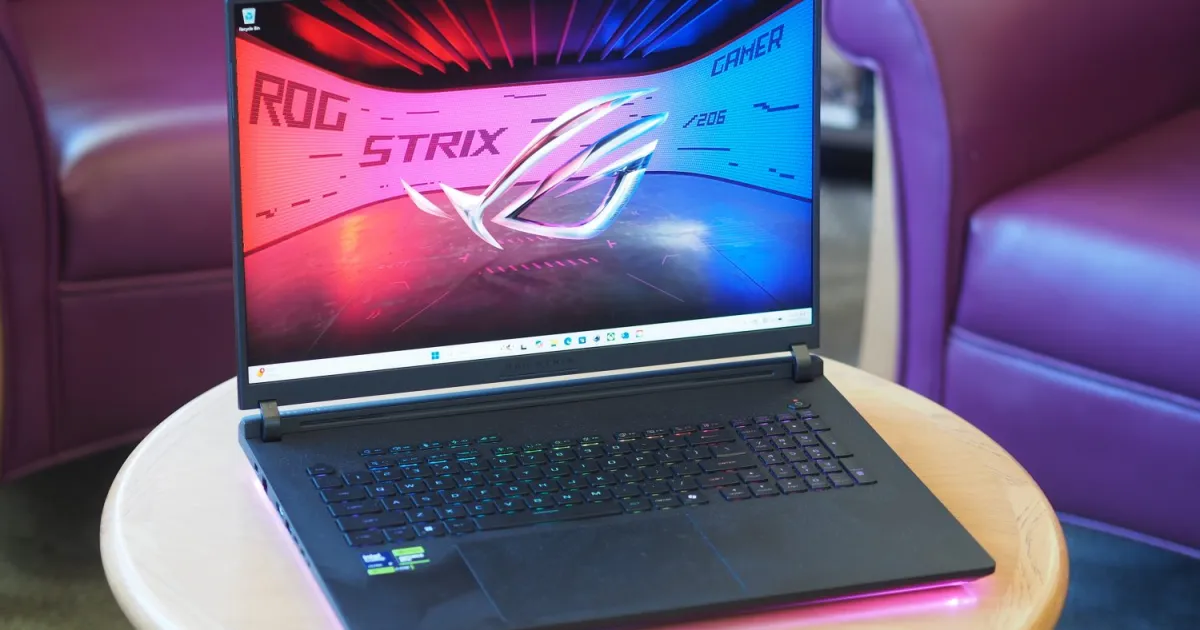
Asus reveals RTX 50 series GPU power specs for 2025 ROG and TUF gaming laptops
How did your country report this? Share your view in the comments.
Diverging Reports Breakdown
Asus reveals RTX 50 series GPU power specs for 2025 ROG and TUF gaming laptops
Asus has published the complete GPU power specifications for its 2025 ROG and TUF gaming laptops. The list offers clarity on the exact TGP (Total Graphics Power) configurations for the latest Nvidia RTX 50 series mobile GPUs. This move provides much-needed transparency for consumers, who often struggle to determine GPU wattages due to inconsistent or hidden specs across the laptop industry. The detailed list, available on Asus’ official website, covers all RTX 50-series mobile GPUs across a wide range of gaming laptop models. The company has shared these power figures model-by-model to give buyers a clearer idea of the performance they can expect.
This move provides much-needed transparency for consumers, who often struggle to determine GPU wattages due to inconsistent or hidden specs across the laptop industry. The detailed list, available on Asus’ official website, covers all RTX 50-series mobile GPUs across a wide range of gaming laptop models.
RTX 5090 Mobile: 100W – 175W
RTX 5080 Mobile: 100W – 175W
RTX 5070 Ti Mobile: 100W – 175W
RTX 5070 Mobile: 75W – 115W
RTX 5060 Mobile: 75W – 115W
RTX 5050 Mobile: 75W – 115W
Recommended Videos
According to the company, all 2025 ROG Strix Scar laptops equipped with the RTX 5090, RTX 5080, and RTX 5070 Ti will be capable of running these GPUs at their maximum TGPs. On the other hand, the TUF Gaming models like the TUF A18 and TUF A16 will feature slightly more conservative configurations, with the RTX 5070 and the RTX 5060 at up to 115W.
The slimmer Zephyrus G14, known for its ultraportable design, will offer the RTX 5080 and RTX 5070 Ti at 120W, while the rest of the GPUs will be capped at 100W. This reflects the thermal and power constraints of its thin chassis.
Asus has shared these power figures model-by-model to give buyers a clearer idea of the performance they can expect. For instance, the ROG Strix Scar 18 with the RTX 5080 runs the chip at 175W, while the Zephyrus G14 caps the RTX 5080 at 120W to maintain thermals. While both laptops offer the same GPU, the difference in power would result in a significant difference in terms of performance.
This public disclosure comes in response to growing consumer demand for transparency in GPU power ratings. Since Nvidia’s 30- and 40-series mobile GPUs began allowing a wide TGP range with no strict branding distinction, buyers have had to rely on third-party reviews or hidden spec sheets to know what level of performance to expect.
By sharing this information upfront, Asus seems to be giving buyers the tools to make informed decisions, especially as GPU power limits can significantly impact gaming performance, cooling, and battery life.
